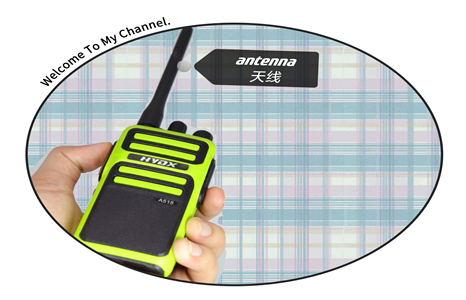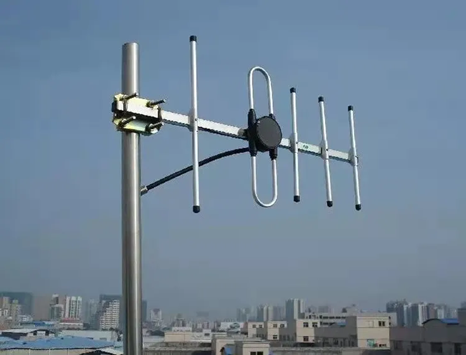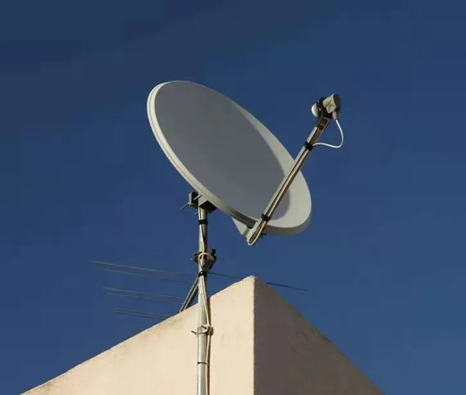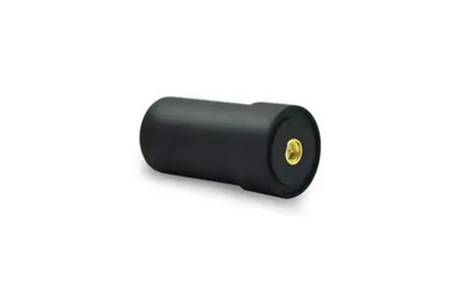Antenna is a relatively common device, widely used in radio, television, radio communications, radar, navigation, electronic countermeasures, remote sensing, radio astronomy and other fields. Antenna is a device that can effectively radiate electromagnetic waves to a specific direction in space or can effectively receive electromagnetic waves from a specific direction in space. All the equipment that transmits signals through electromagnetic waves have to carry antennas.

Some friends are curious, walkie-talkies than cell phones to nearly half a century ago, and today's cell phones have been no external antenna, while the walkie-talkies are still using a long antenna. This is why?
In fact, most of the original old-fashioned mobile phones had an antenna on them. Later, with the evolution of technology, the antenna was hidden inside the mobile phone.

In daily life, we find that intentional or unintentional rotation, stretching the antenna of a radio or TV, will affect the signal quality. The quality of the transmission and reception of the antenna is closely related to the parameters of the antenna. Here we introduce some basic parameters of the antenna.
Antennas always work within a certain frequency range (bandwidth), which depends on the requirements of the specification. The frequency range that meets the requirements of the index is the working frequency of the antenna. Various wireless systems are different, and the frequency bands used by operators are also different, so you need to choose an antenna with a suitable frequency band.
Antenna gain is a measure of the ability of an antenna to radiate electromagnetic waves in a particular direction. It should be noted that the antenna itself does not increase the energy of the radiated signal, it only concentrates the energy in a certain direction by combining the antenna elements and changing the feeding method.

This is the famous Yagi antenna, which consists of multiple units and has strong directivity. The more directors, the stronger the directivity and the higher the gain.

We often see this kind of dish antenna on residential roofs. This is a high-directional antenna specially used for long-distance communication. It has a very narrow beam width and a high gain value. It can also be called a high-gain directional antenna.

This antenna is like a mini flashlight. It is a drone antenna. It is lightweight and can effectively reduce the load of light equipment. It is widely used in many applications of light drones.

The shape of the antenna can be described as wonderful,only you can't think of it,it can't be done without developers.